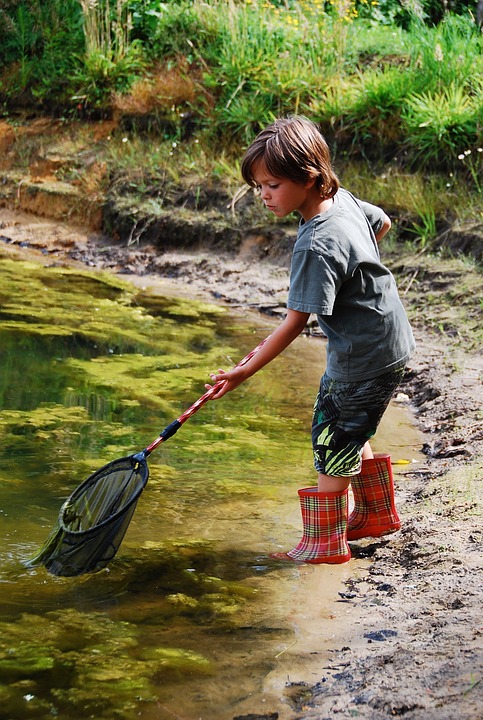Fish tanks are not just a beautiful addition to your home; they can also provide a thriving ecosystem for your fish. One crucial aspect of maintaining a healthy fish tank is providing your fish with the right nutrition. While commercial fish food is readily available, cultivating live food for your fish tank can greatly enhance their health and well-being. In this beginner’s guide, we will explore the art of cultivating live food for your fish tank and its benefits.
Live food is an essential component of fish tank nutrition because it closely resembles the natural diet of fish in the wild. It provides a rich source of nutrients, vitamins, and minerals that are necessary for fish growth, coloration, and overall health. Additionally, live food stimulates natural hunting and foraging behaviors in fish, keeping them active and engaged.
Setting up a live food cultivation station is the first step in providing your fish with this nutritious diet. Start by selecting the appropriate live food for your fish species. Different fish have different nutritional requirements, so it’s important to choose live food that meets their needs.
Next, create a separate breeding tank or container for live food cultivation. This will prevent the live food from overcrowding or contaminating the main fish tank. Choose the right equipment and supplies for maintaining a live food culture, including air pumps, heaters, filters, and containers. It’s essential to maintain optimal water conditions, temperature, and food supply for the live food cultures to thrive.
One popular live food option is infusoria, which can be easily cultivated using nutrient-rich water and organic matter. Infusoria serves as a starter live food for fish fry and small fish species. Harvest the infusoria using a fine mesh net and feed it to your fish.
Daphnia is another nutritious live food option for fish. Set up a daphnia culture using a large container or pond, providing optimal conditions for their growth and reproduction. Harvest the daphnia using a fine mesh net and feed it to your fish. Daphnia is particularly beneficial for enhancing fish coloration and boosting their immune system.
Brine shrimp is a highly nutritious live food that is rich in proteins and fats. Create a brine shrimp hatchery using a simple setup and maintain ideal water conditions for hatching. Harvest the brine shrimp using a fine mesh net and feed it to your fish. Brine shrimp is especially recommended for carnivorous fish species.
Now, let’s address some common questions about cultivating live food for your fish tank.
Q1: Can live food be the sole diet for fish?
While live food provides essential nutrients, it’s important to offer a varied diet to ensure all nutritional needs are met. Use live food as a supplement rather than the sole food source for your fish.
Q2: How often should I feed live food to my fish?
Feeding frequency depends on the fish species and their size. It’s important to balance live food with commercial fish food to provide a complete and balanced diet.
Q3: Can I cultivate live food in the same tank as my fish?
Cultivating live food in the main tank can pose potential risks, such as overpopulation or contamination. It’s generally recommended to cultivate live food separately in a breeding tank or container.
Q4: How can I prevent live food cultures from crashing?
Common issues that lead to live food culture crashes include poor water quality, improper temperature, and insufficient food supply. Regular monitoring and maintenance are crucial to prevent crashes.
Q5: Are there any alternatives to live food for fish nutrition?
Yes, there are alternative options such as frozen and freeze-dried foods. These options offer convenience and a variety of nutrients. However, live food still provides the closest resemblance to the natural diet of fish.
In conclusion, cultivating live food for your fish tank is an art that can greatly enhance the health and well-being of your fish. By setting up a live food cultivation station and providing the right nutrition, you can promote natural behaviors, improve fish coloration, and boost their overall health. As a beginner, don’t be afraid to experiment and learn from your experiences. Remember, the art of cultivating live food is a journey that will benefit both you and your fish.









